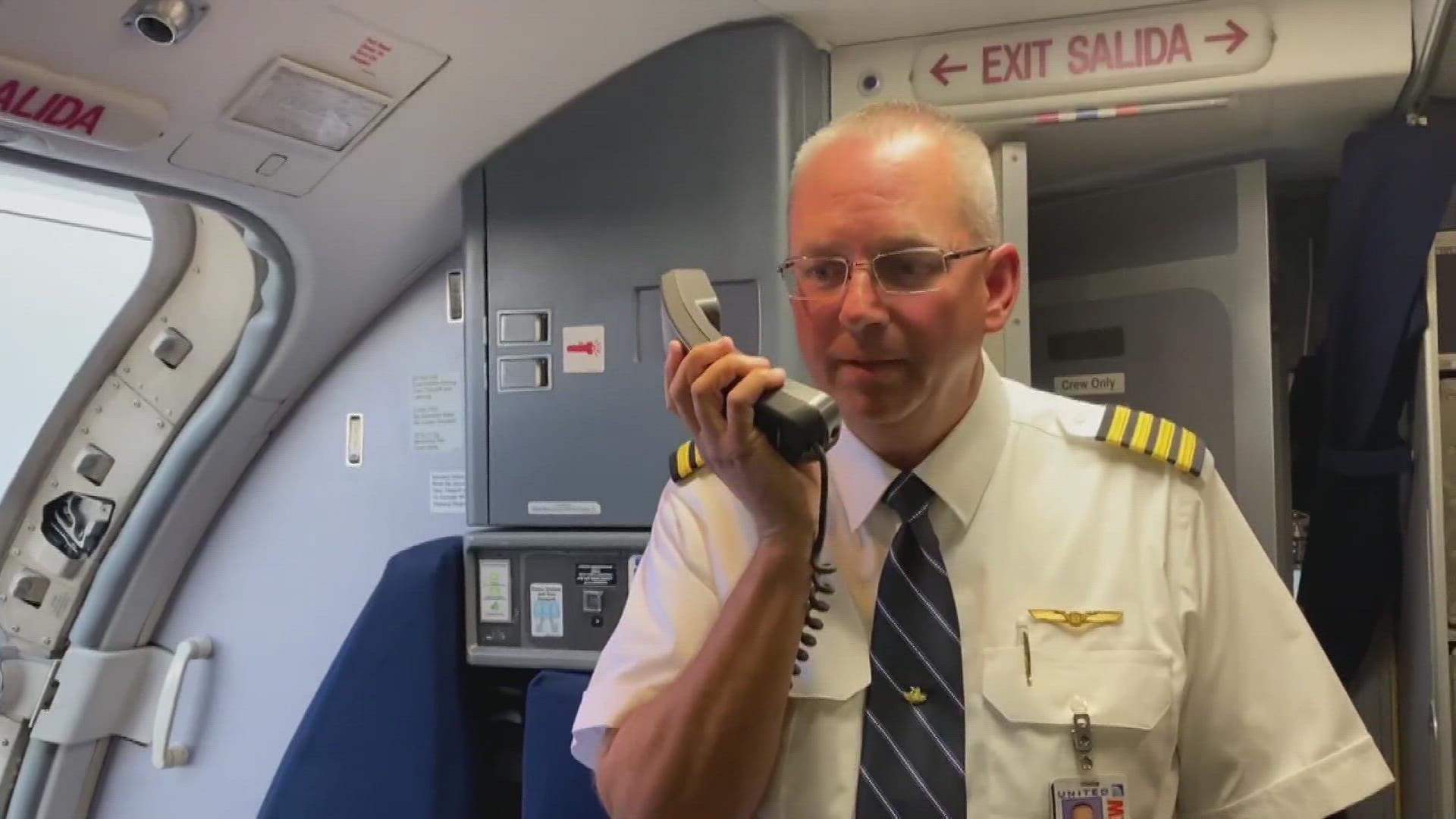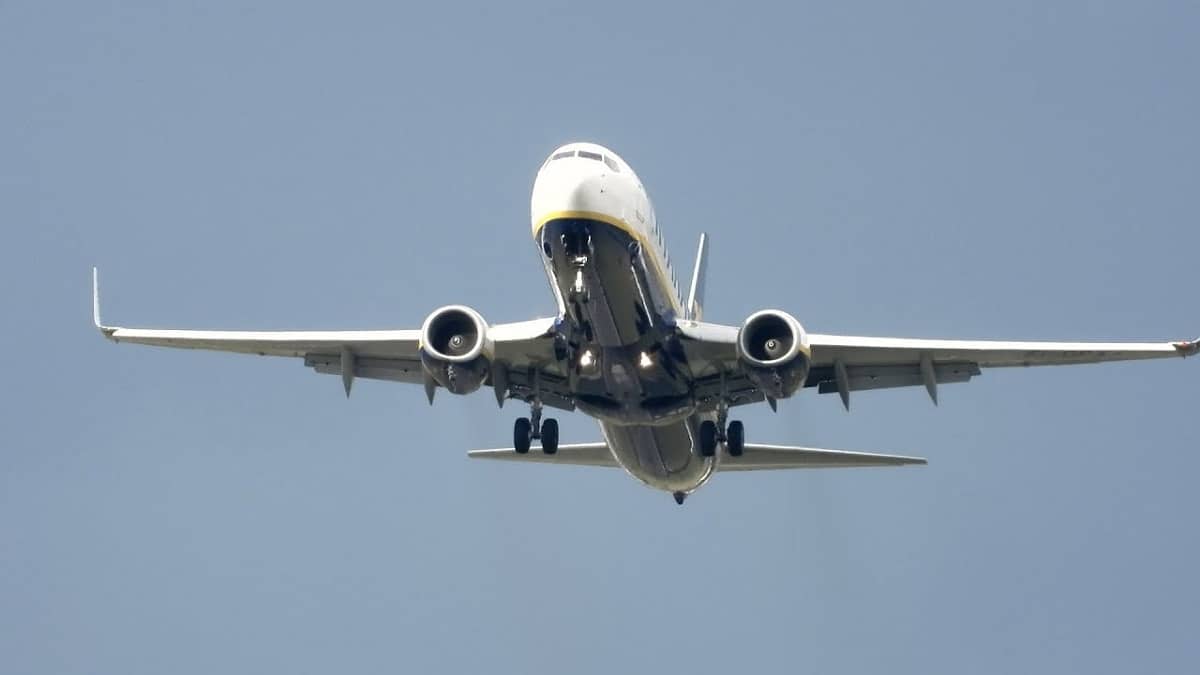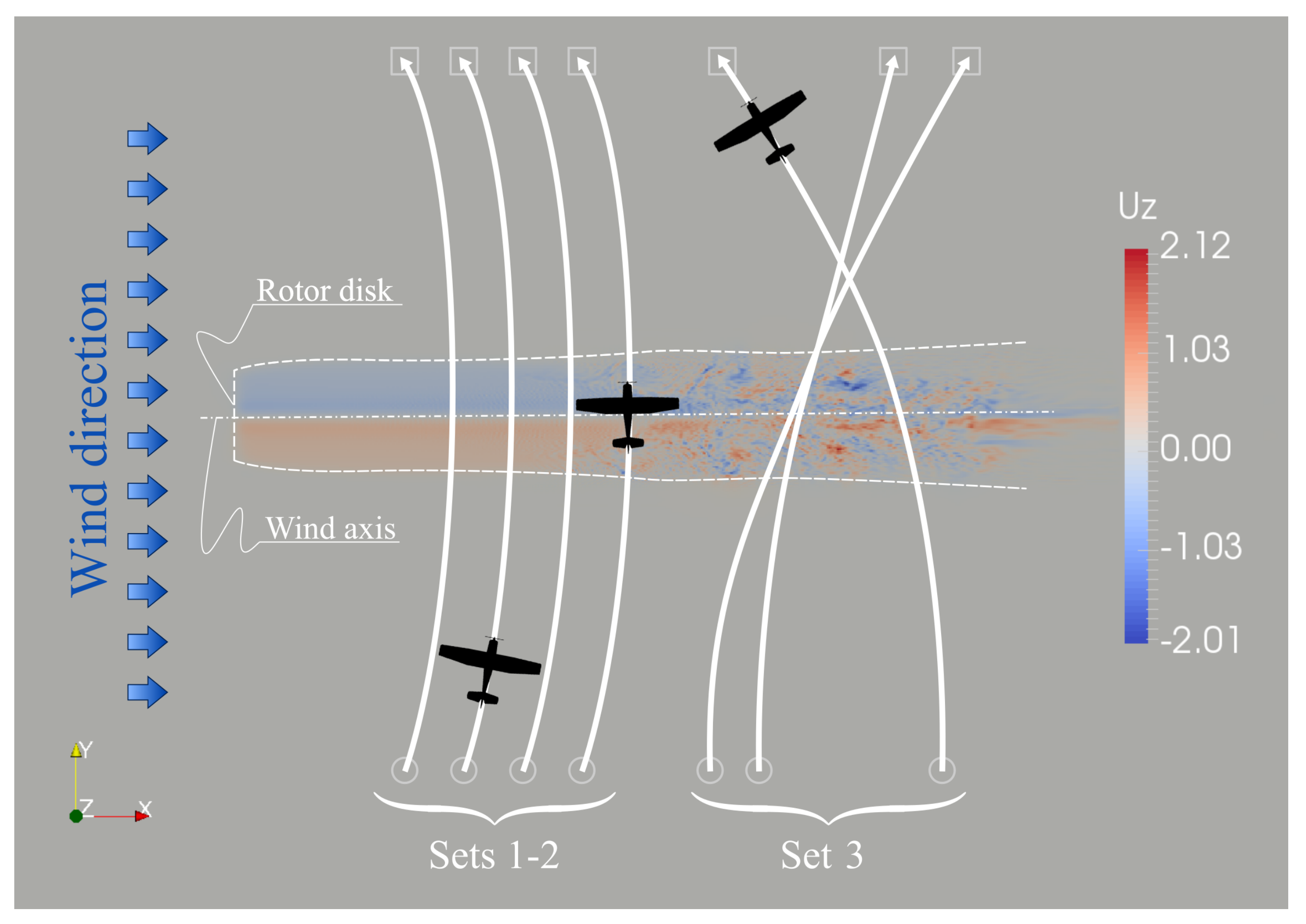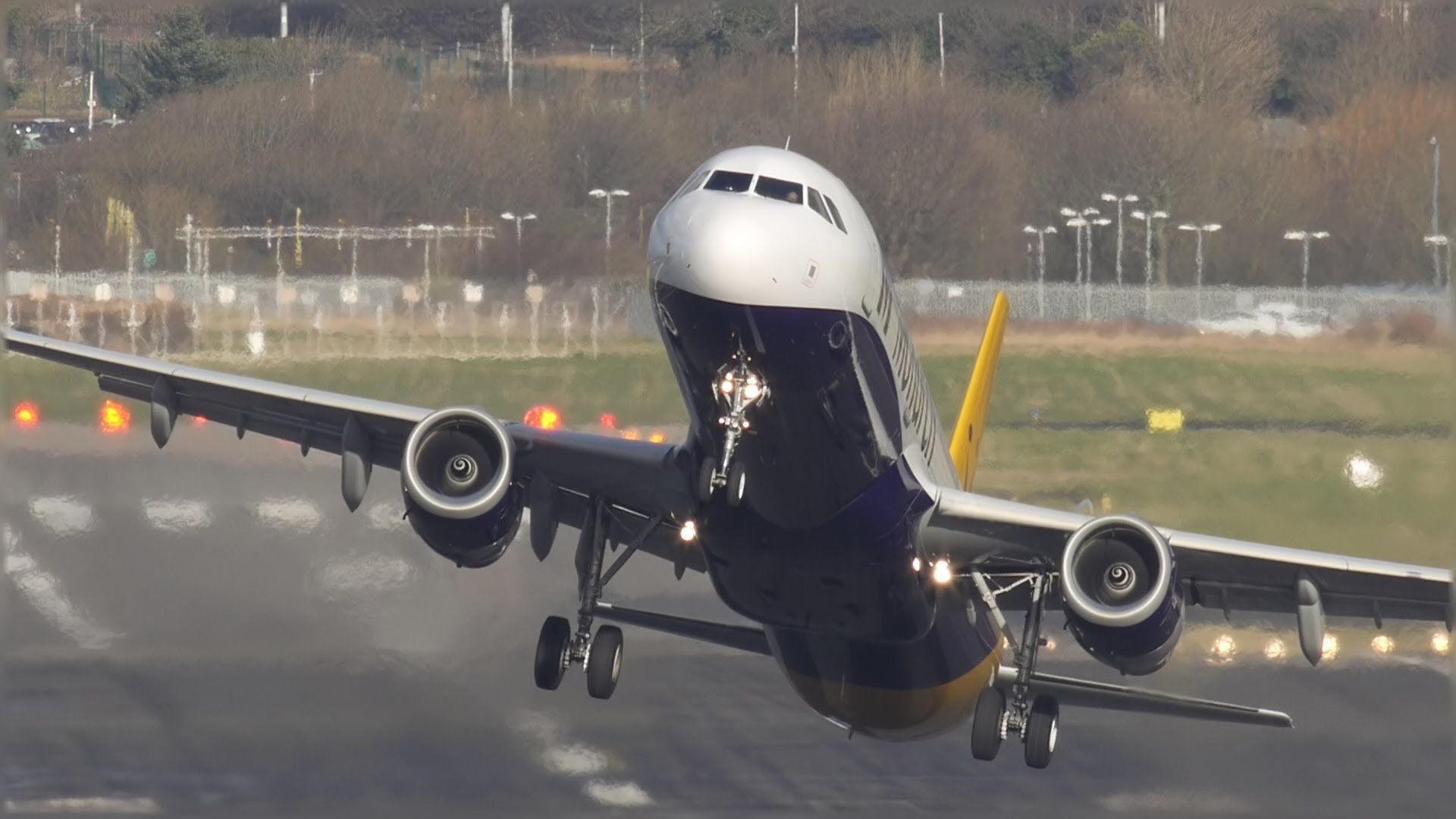Wind Shear Effect On Aircraft - If the wind is calm, or there is a slight tailwind, and the flow shears into a headwind, this causes: - The airspeed to increase - The nose to pitch up - The aircraft to balloon upwards above the glide slope
The airplane will land long and could run out of the runway. Journalist - With many years of publishing experience behind him, British ex-pat Graham has a thirst for travel that shines through in his work.
Wind Shear Effect On Aircraft

Previously published in Yachting Monthly as well as other travel publications, Graham is fast becoming a key member of the Simple Flying team. Based in Lanzarote, Spain. Wind shear is one of the causes of turbulence and is described as "the change in wind direction and/or wind speed over a specific horizontal or vertical distance."
Wind Shear
It occurs in certain atmospheric conditions, including along weather troughs and low-pressure areas, around a jet stream, and in areas of temperature inversion. These unusual maneuvers include unnecessary low passes, unscheduled flybys, practice instrument approaches to altitudes below specified minima (unless a landing or touch-and-go is to be made), or any so-called "buzz jobs" wherein a flight is conducted at
a low altitude and/or a high rate of speed for thrill purposes. Such maneuvers increase hazards to persons and property and contribute to noise complaints. NWS All NOAA Pilots are required to establish two-way radio communications before entering the Class D airspace.
If the controller responds to a radio call with, "(a/c call sign) standby," radio communications have been established and the pilot can enter the Class D airspace. If workload or traffic conditions prevent immediate provision of airport traffic control services, inform the pilot to remain outside the Class D airspace until conditions permit the services to be provided.

When possible, positions of aircraft, vehicles, equipment and/or personnel may be determined visually or through the use of a display system. When ATC is unable to determine position visually or via a display system, position reports may be used.
Winter Weather In The Northeast Severe Thunderstorms In The Southeast Friday
Low-level wind shear (LLWS) is defined as "A wind shear of 10 knots or more per 100 feet in a layer more than 200 feet thick which occurs within 2,000 feet of the surface". So what does this mean?
It means that within the lowest 2000ft, the wind speed and/or direction is changing rapidly in a 200ft layer. LLWS can also be generated by a downburst from a thunderstorm or heavy rain shower. See the thunderstorm section for more specific information on downbursts.
Notice in the video animation, an outflow boundary develops and radiates outward from where the downburst takes place. This is typically where wind shear can occur. US Dept of Commerce National Oceanic and Atmospheric Administration National Weather Service
Memphis3229 Democrat RoadMemphis, TN 38118Comments? Questions? Please contact us. Local and ground controllers must exchange information as necessary for the safe and efficient use of airport runways and movement areas. This may be accomplished via verbal means, flight progress strips, other written information, or automation displays.
What Is Turbulence?
As a minimum, provide aircraft identification and applicable runway/intersection/taxiway information as follows: Most of us will have experienced turbulence during a flight. The seat belt lights come on, and you have to stay seated while the plane flies through, what the captain often describes as "a bit of bumpy weather."
Fewer of us might have even been aware that we have experienced wind shear. But what are turbulence and wind shear, and what's the difference between them? Exceptions may be authorized only as provided in paragraph 1-1-11, Constraints Governing Supplements and Procedural Deviations, and FAA Order JO 7210.3, Facility Operation and Administration, paragraph 10-1-7, Use of Active Runways, where justified by extraordinary circumstances.
at specific locations. If the pilot pulls the nose up to compensate, airspeed will be reduced even further. The pilot will typically compensate by increasing power, but if the engines don't spool up fast enough, the airplane may land short, slow, and hard and could lead to a crash.
A potent winter storm will produce a swath of heavy snow from the Upper Midwest through New England Friday and Saturday. Significant sleet and freezing rain is possible just south of the heaviest snow. Further south severe thunderstorms may bring damaging winds and tornadoes over the Southeast U.S.
and heavy rain may produce flooding in the Ohio Valley. High winds likely in the Tennessee Valley. Read More > Some aircraft are equipped with Predictive Wind Shear (PWS) alert systems that warn the flight crew of a potential wind shear up to 3 miles ahead and 25 degrees either side of the aircraft heading at or below 1200' AGL.

Pilot reports may include warnings received from PWS systems. AIRMETs are issued for large areas of LLWS. While in flight, listen for hazardous weather messages and other pilot reports of wind shear near your landing site.
If you hear any, consider an alternate landing site. The intensity of turbulence is usually classified as light, moderate, severe, or extreme. It is determined by the degree of instability in the air and the initial cause of the instability.
The effect on the aircraft of the various intensities is as follows: When aircraft begin a taxi or takeoff roll on ash contaminated surfaces, large amounts of volcanic ash will again become airborne. This newly airborne ash will significantly reduce visibility and will be ingested by the engines of the following aircraft.
Turbulence is among the most unpredictable weather phenomena that have a significant effect on an aircraft during flight. It is caused by the irregular movement of the air resulting from vertical currents and eddies. It is generally associated with weather fronts and conditions such as thunderstorms.
Establishing hold lines/signs is the responsibility of the airport manager. Standards for surface measurements, markings, and signs are contained in the following Advisory Circulars; AC 150/5300-13, Airport Design; AC 150/5340-1, Standards for Airport Markings, and AC 150/5340-18, Standards for Airport Sign Systems.

The operator is responsible to properly position the aircraft, vehicle, or equipment at the appropriate hold line/sign or designated point. The requirements in paragraph 3-1-12, Visually Scanning Runways, remain valid as appropriate. When operating in accordance with CFRs, it is the responsibility of the pilot to avoid collision with other aircraft.
However, due to the limited space around terminal locations, traffic information can aid pilots in avoiding collision between aircraft operating within Class B, Class C, or Class D surface areas and the terminal radar service areas, and transiting aircraft operating in proximity to terminal locations.
. To avoid landing in LLWS, look at the forecast for the destination. If there is a TAF for your arrival airport, they'll show a wind shear group if the hazard is expected. Here's an example of a TAF with wind shear expected:
It is important that the pilot be aware of the fact that the directions or headings being provided are suggestions or are advisory in nature. This is to keep the pilot from being inadvertently misled into assuming that radar vectors (and other associated radar services) are being provided when, in fact, they are not.
Unless otherwise authorized, tower radar displays are intended to be an aid to local controllers in meeting their responsibilities to the aircraft operating on the runways or within the surface area. They are not intended to provide radar benefits to pilots except for those accrued through a more efficient and effective local control position.

In addition, local controllers at non-approach control towers must devote the majority of their time to visually scanning the runways and local area; an assurance of continued positive radar identification could place distracting and operationally inefficient requirements upon the local controller.
Therefore, since the requirements of paragraph 5-3-1, Application, cannot be assured, the radar functions prescribed above are not considered to be radar services and pilots should not be advised of being in "radar contact." FAA Order JO 7110.65, Para 3-7-4, Runway Proximity.
FAA Order JO 7110.65, Para 3-8-2, Touch-and-Go or Stop-and-Go or Low Approach. FAA Order JO 7110.65, Para 3-10-10, Altitude Restricted Low Approach. AC 150/5300-13, Airport Design. AC 150/5340-1G, Standards for Airport Markings. 14 CFR Section 91.129, Operations in Class D Airspace.
AIM, Para 2-2-3, Obstruction Lights. P/CG Term - RUNWAY IN USE/ACTIVE RUNWAY/DUTY RUNWAY. Aircraft that execute a wind shear escape maneuver will usually conduct a full power climb straight ahead and will not accept any control instructions until onboard systems advise the crew or the pilot in command (PIC) advises ATC that the escape maneuver is no longer required.
Turbulence can be as minor as a few uncomfortable bumps, or severe enough to throw an aircraft momentarily out of control or to cause structural damage. When the unstable air movement occurs close to the plane, it can cause chaotic pitching, rolling, and yawing.
wind shear landing, windshear, wind shear airplanes, moderate windshear, wind shear definition, wind shear definition faa
0 Comments